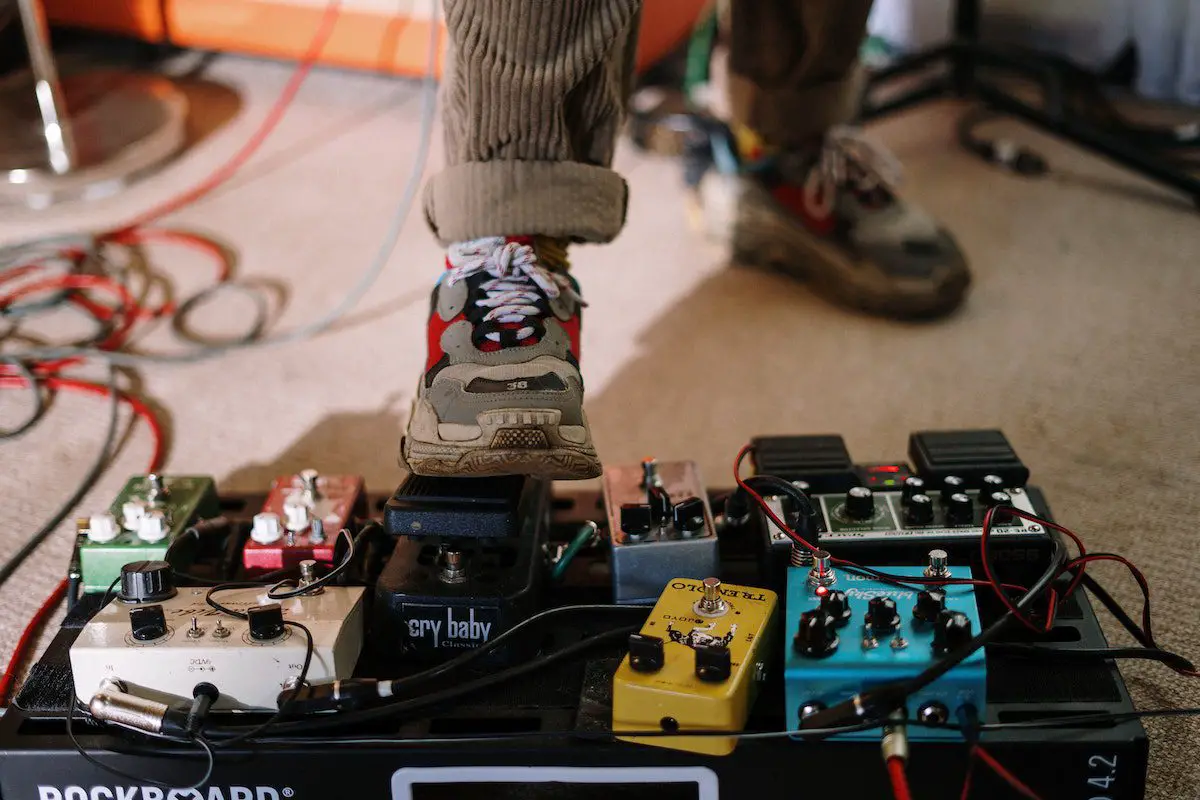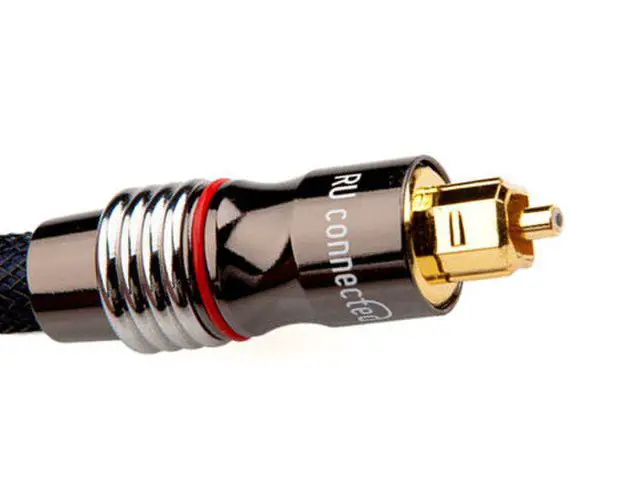Harnessing the speed of light to transmit signals, an optical cable promises sound clarity that’s nothing short of breathtaking. With minimal signal loss and crystal-clear sound, it’s redefining the boundaries of audio quality. Whether you’re a seasoned audiophile or just dipping your toes into the world of sound, buckle up as we delve into the realm of optical cables and discover how they can revolutionize your audio experience.
What is an optical cable in audio? An optical cable, also known as a Toslink cable, is a type of audio cable that uses light to transmit sound signals from your audio source to your speakers or audio receiver, providing high-quality sound with minimal interference.
How does an optical cable work in an audio setup?
Optical cables use pulses of light to transmit audio signals from a source device to a receiving device. Here’s how it goes down: Your device converts the electrical audio signal into a light signal. This light signal then whizzes down the optical cable at mad speed until it reaches your speakers.

The speakers then convert the light back into an electrical signal, and voila! Your beats are now pumping out of your speakers, clean and distortion-free. Think about it like a high-speed light show happening right inside your cable.
It’s like your audio is riding a roller coaster of light from your device to your speakers. And the best part? Because it’s light, there’s no risk of interference from those pesky electromagnetic fields.
AKAI Professional MPK Mini MK3

AKAI Professional MPK Mini MK3
My first experience using optical cables
Here’s a real-life scenario from my early music production days. I was working on my first mix, and I had this beast of a subwoofer hooked up with a standard RCA cable. Every time I got a text, I’d hear this buzz that would totally kill my vibe. Then, I swapped the RCA for an optical cable. Guess what? No more buzz.
Just pure, uninterrupted, crystal-clear audio. It was like stepping into a whole new dimension of sound. Optical cables deliver the cleanest and most accurate audio possible. It’s like upgrading from a rusty bike to a shiny new sports car. You’ll hear the difference, and you’ll wonder how you ever lived without it.
What’s the difference between optical cables and other audio cables?
As mentioned, optical cables are immune to electromagnetic interference, unlike their copper-cabled cousins. That’s right, no more hums, buzzes, or static sounds muddying up your audio. This technology offers several advantages over traditional audio cables that use electrical signals.

Now, let’s take a moment to appreciate the purely digital nature of optical cables. Many audio cables, like the good old RCA or the trusty 3.5mm jack, are analog cables. They can’t quite capture the full range of sound as a digital cable can. Optical cables, being digital, can handle those high-resolution audio formats that are music to an audiophile’s ears.
Now, let’s break it down with a little “dos and don’ts” data table to keep your optical cable game on point:
| Do’s | Don’ts |
|---|---|
| Do use optical cables for long-distance audio transmission. | Don’t bend or twist your optical cable too much. |
| Do plug optical cables into matching optical ports. | Don’t expect optical cables to carry power or video signals. |
| Do use optical cables when you want to avoid electromagnetic interference. | Don’t use optical cables if your gear doesn’t support it. |
When and where should you use optical cables in your audio setup?
If you’re dealing with long-distance audio transmission or if your audio setup is in a place with lots of potential for electromagnetic interference, optical cables are the way to go. It can greatly improve the quality and reliability of your audio transmission, ensuring uninterrupted and pure sound.
So if you’re in a room with numerous electronic devices, power lines, or wireless signals – optical cables are your best bet.
Advantages and disadvantages of optical cables
Optical cables are the slick DJs of the audio cable world, but like all good DJs, they’ve got their strengths and their quirks. Let’s break it down with some pros and cons.
Advantages of optical cables
Kickin’ off with the perks, here’s why optical cables could be your audio setup’s new best friend:
- Wide Bandwidth: Optical cables have a high bandwidth, meaning they can transmit large amounts of data at once. This feature is beneficial for high-resolution audio formats.
- Durability: Optical cables are typically well-constructed and durable. They do not corrode or degrade over time like some metal cables.
- Ease of Installation: Most optical cables are plug-and-play, making them easy to install and use. They are also thinner and more flexible than many traditional audio cables, simplifying cable management.
Disadvantages of Optical Cables
Now for the flip side. No cable is perfect, and optical cables have their own set of drawbacks:
- Delicate: Optical cables can be a bit more fragile than their copper counterparts. Handle with care, my friends.
- No power transmission: Unlike some other cables, optical cables can’t carry electrical power. They’re all about the audio.
- Compatibility: Not all gear supports optical cables. Always check your gear’s specs before diving into the optical world.
If you want even more tips and insights, watch this video called “Why IS This COOL Cable Dying? – TOSLINK Optical Audio” from the Techquickie YouTube channel.
Frequently asked questions (FAQ)
Do you still have questions about optical cables? Below are some of the most commonly asked questions.
Are optical cables compatible with all audio devices?
Optical cables are compatible with devices that have optical ports. However, it’s essential to check the specifications of your audio devices to ensure they support optical cable connections.
Can optical cables carry power or video signals?
No, optical cables are designed specifically for transmitting audio signals using light. They do not carry electrical power or video signals. If you need to transmit power or video, you’ll need to explore other cable options.
Are optical cables suitable for short-distance audio transmission?
While optical cables can certainly be used for short-distance audio transmission, they truly shine when it comes to long-distance applications. Their ability to transmit audio signals without loss or interference makes them an excellent choice for extended audio setups.
Conclusion
And there you have it! Next time you’re setting up your audio gear, remember to give optical cables a spin and let the light guide your sound journey. Did I cover everything you wanted to know? And do you have more questions? Drop a comment below! I read and reply to every comment. For more tips and tricks on audio production, check out the rest of my blog. Thanks for reading!
Key Takeaways
This article covered the ins and outs of optical cables in audio. Here are some key takeaways:
- Optical cables use light to transmit audio signals, ensuring high-quality sound without interference.
- They are ideal for long-distance audio transmission, providing signal integrity over extended distances.
- Optical cables offer immunity to electromagnetic interference, resulting in cleaner audio.
- They are digital cables capable of carrying high-resolution audio formats.















